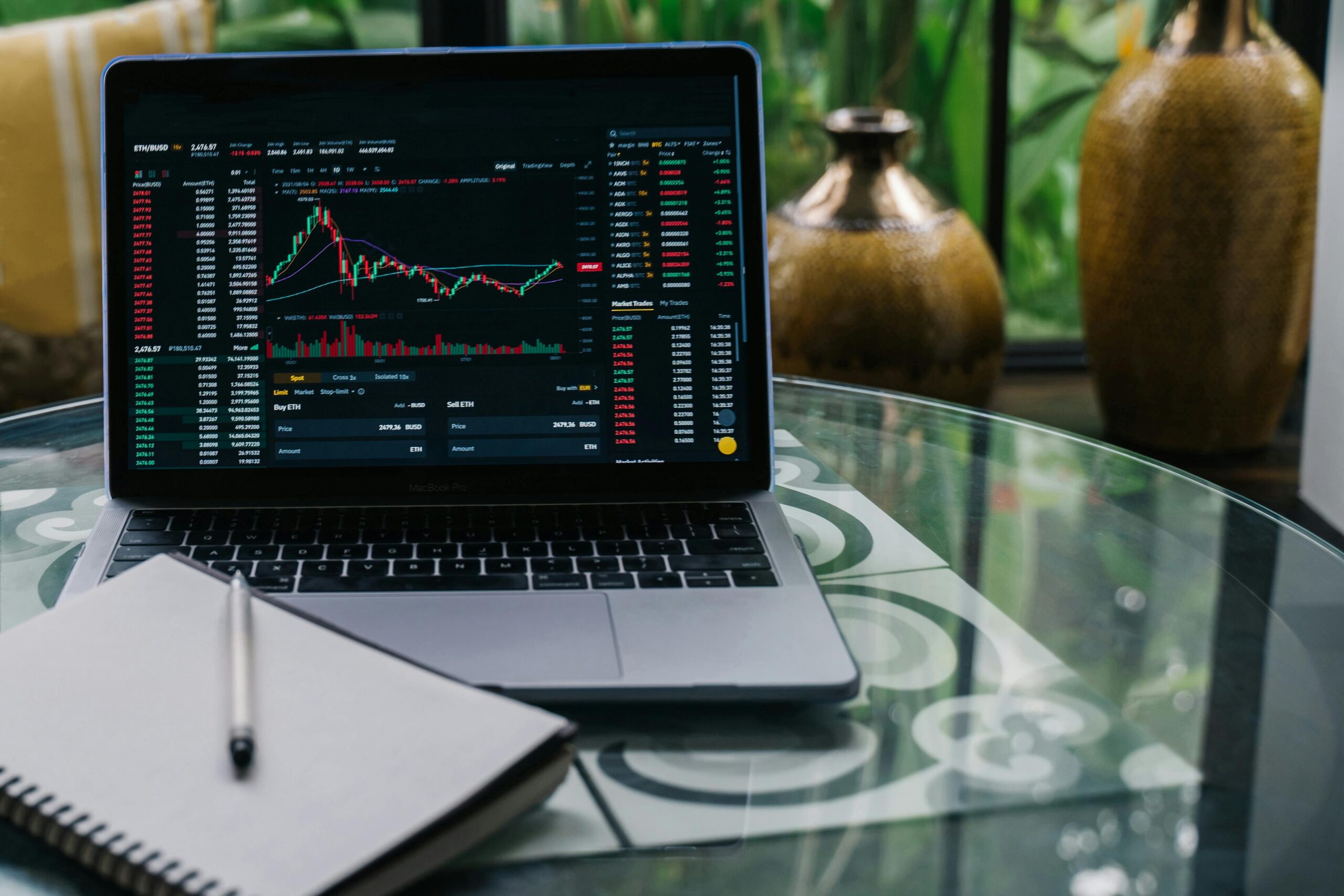For the last two decades, passive investing/buying and holding low-cost index fund or ETFs have been the golden child of the investment world. Backed by decades of academic research, the idea was simple: own the market, keep costs low, stay patient and let compounding interest do the heavy work. But markets in 2024 and 2025 have been anything but steady and calm. inflation, interest rate spikes, and geopolitical tensions have disrupted and created an environment where many investors wonder: Is passive investing still the best strategy?
Benefits of staying passive:
1. History Favours Patience
Despite wars, recessions, pandemics, and political chaos, broad market indexes like the S&P 500 have historically rewarded patient investors over the long term. Passive investors who stayed investing during the 2008 financial crisis or the 2020 pandemic crash saw strong recoveries.
2. Cost of Taxes Stay Low
Active trading can rack up fees, taxes and emotional mistakes. Passive strategies keep cost minimal and reduce the temptation to time the market, a game even professionals lose.
3. Compounding Still Works
Over the decades, the effect of reinvesting dividends and letting gain compound often outweighs the short-term benefits of trying to dodge market volatility.
Benefits of Being An Active or Semi-Active Trader
1. Volatility Creates Opportunities
In choppy markets, some sectors such as: energy, defense, AI tech, vastly outperform others. Tactical allocation shifting weight to strong sectors, can potentially beat a own everything approach.
2. investing Rates Change the Game
With higher interest rates, bonds, money market funds, and even high-yield savings accounts are suddenly competitive with stocks for risk-adjusted returns.
3. Macro Shocks Are Hard to Ignore
From supply chain disruptions to shifting global alliances, macro events can meaningfully impact certain industries. A purely passive investor may be overexposed to risk without realizing it.
A Balanced Middle Ground
You don’t have to choose between all-in passive or Active trading. A core satellite approach is gaining traction: Core: Keep the bulk of your portfolio in low-costs index funds. Satellite: Allocate a smaller portion 10–25% to tactical plays, sector ETFs, or individual stocks you believe in. This way, you get stability of passive investing with the flexibility to take advantage of volatility.
Bottom Line
Passive investing is still a powerful, time-tested strategy for most long-term investors. However, the new market enviroment rewards those who stay informed and adapt. Even if you stick with indexes, reviewing your portfolio periodically and adjust according to economic shifts can improve both returns and peace of mind.
In investing, as in life, the best strategy isn’t about being passive or active, it’s about being purposeful.




